At home with vintage
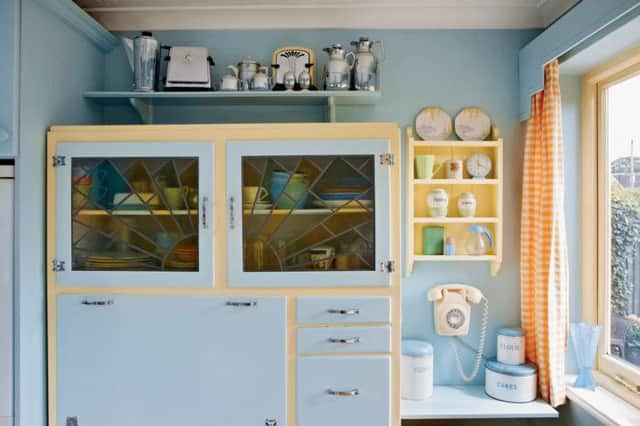

When Keeley Harris gave up a steady job to launch a vintage business in 2009, it was with some trepidation. Now, just six years later, she is a doyenne, one of the queens of a scene which is united by a fascination for all things old and fabulous.
Under the trade name Discover Vintage, she runs regular fairs and the hugely successful York Festival of Vintage, which has everything from music, classic cars and hair and beauty boutiques to stalls full of fashion and homeware. She also blogs, has a business academy for would-be vintage traders and is celebrating the publication of her first book.
Advertisement
Hide AdAdvertisement
Hide AdWhile her success appears to have arrived at breakneck speed, it is backed by years of experience and a genuine passion.
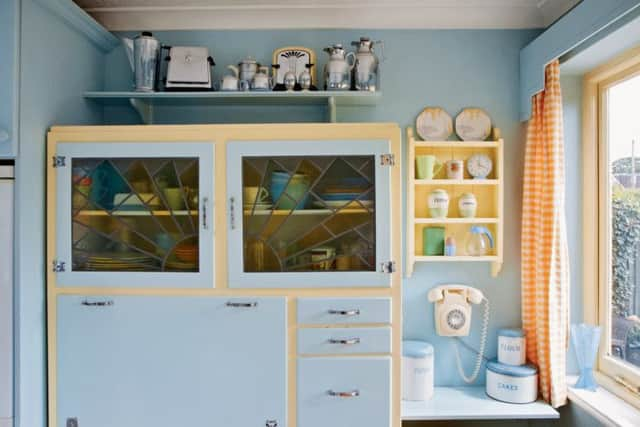

“My dad used to buy and sell antiques and from the age of 10 to 16 I went to auctions with him, so I learned a lot. I loved all the stuff from the 50s and 60s and he learnt from me that people were interested in it and it was worth something,” says Keeley, who lives in Leeds.
With her father’s help, she learned how to deal, how to spot hairline cracks and clever fakes and the difference between Victorian, Art Deco and mid-century modern.
The boundaries between antique and vintage are blurred but, generally, the latter begins in the 1920s and runs to the 1980s.
It’s in living memory and that’s the attraction for many.
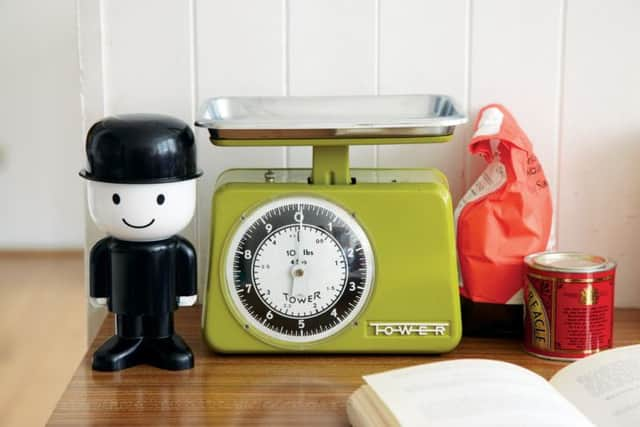

Advertisement
Hide AdAdvertisement
Hide AdThe sideboards, pretty Midwinter tea sets and pineapple-shaped ice buckets bring bursts of nostalgia, and remembrance of happy times and loved ones we have lost.
Like all collectors, Keeley’s interests regularly change. She loves ceramics, especially Hornsea Pottery from the John Clappison era. She also has a penchant for Lucite handbags, some from America, which she uses as wall art in her spare room. Her arms are adorned with plastic bangles from the 1930s to 60s and she is rarely seen in anything but Converse trainers – she has 50 pairs.
She has seen the fashion for vintage wax and wane over the years but this time, she believes, it is here to stay.
“It is definitely mainstream, especially the interiors side of it. That mix of old and new has become a classic look. People don’t see it as old tat anymore, they see it as quirky and interesting. It’s not just homeowners, businesses and shops have embraced the concept. I mean, look at old apple crates. Who would have thought that people would be using them for storage or hung or the wall?” says Keeley, who raided her contacts book to find some of the country’s best vintage-inspired homes for her book, Style Me Vintage: Home.
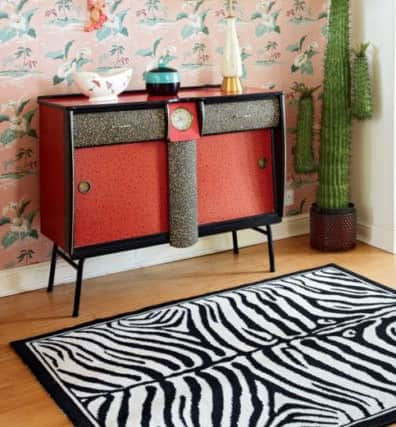

Advertisement
Hide AdAdvertisement
Hide AdIt’s a must-have for those of us passionate about the subject and for others who want to know how to avoid “off-the-peg, flatpack living”.
It is packed with pictures of inspirational real homes and supplemented with advice on how to identify and source homeware, style rooms, mix eras and introduce vintage into contemporary schemes. There are also tips on how to restore pieces.
Buy what you love is her advice, but there are trends. The upcycling, shabby chic pieces are perennially popular, especially painted, useful furniture like chests of drawers, dressers and mirrors.
At one time you couldn’t give 1960s teak furniture away but now, says Keeley, its value has rocketed.
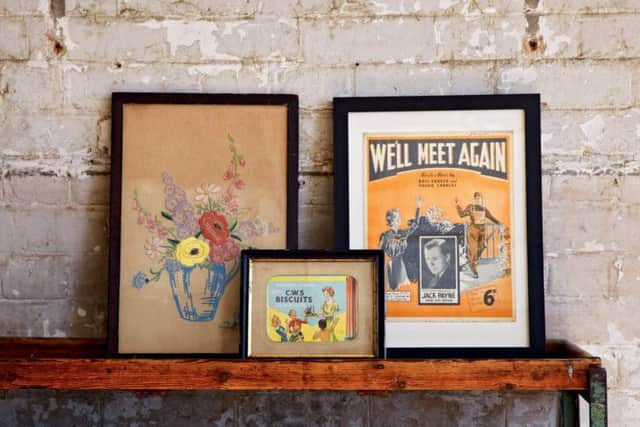

Advertisement
Hide AdAdvertisement
Hide Ad“Retro pieces are very fashionable I can remember a time when no-one wanted teak mirrors but they fetch £30 to £40 now. It’s the same with sideboards. They are really fashionable. You can buy them for £60 but a beautiful Scandinavian one can fetch £2,000.
“Colours from the 60s and 70s work well in modern interiors so I am selling more retro than ever before, including curtains.”
Whatever you opt for, be it Roaring Twenties or retro, it should be a good investment.The old stuff will continue to increase in value because they don’t make them like that anymore.
• Style Me Vintage: Home by Keeley Harris is published by Pavilion Books, £14.99; www.discovervintage.co.uk; Keeley is signing copies at The St Gemma’s Hospice Vintage Fair in Leeds today, www.st-gemma.co.uk/vintagefair